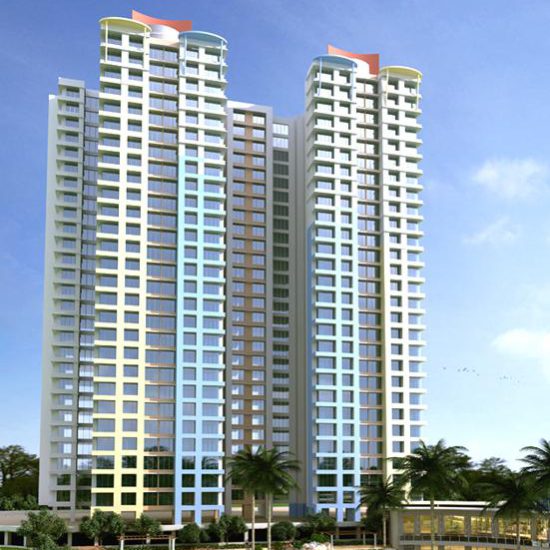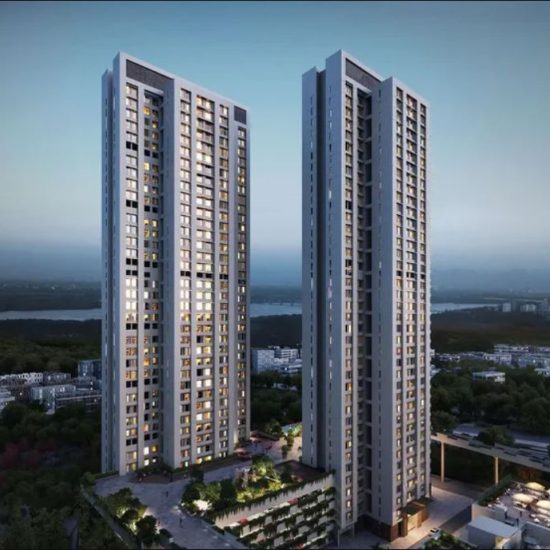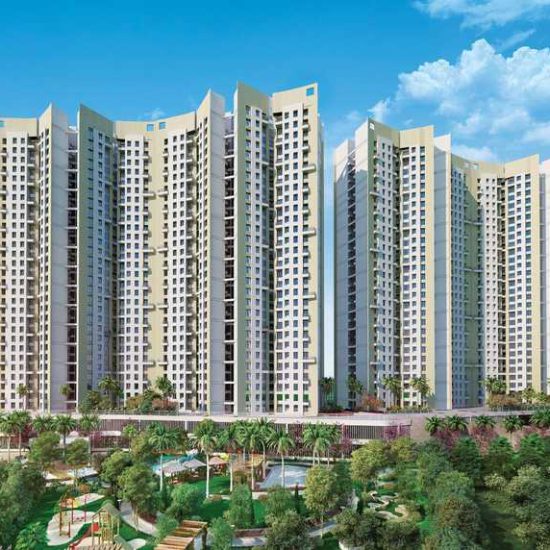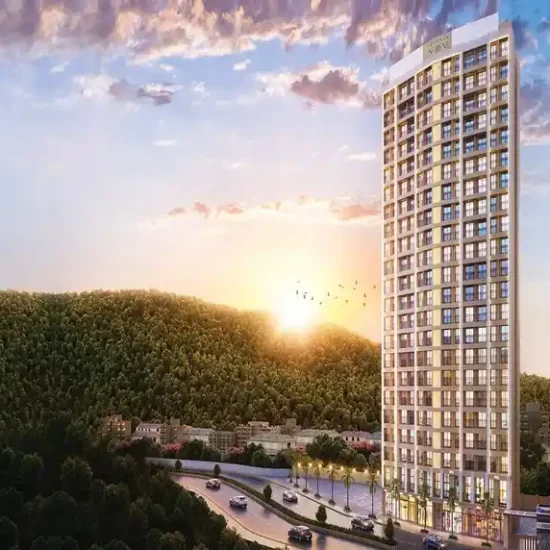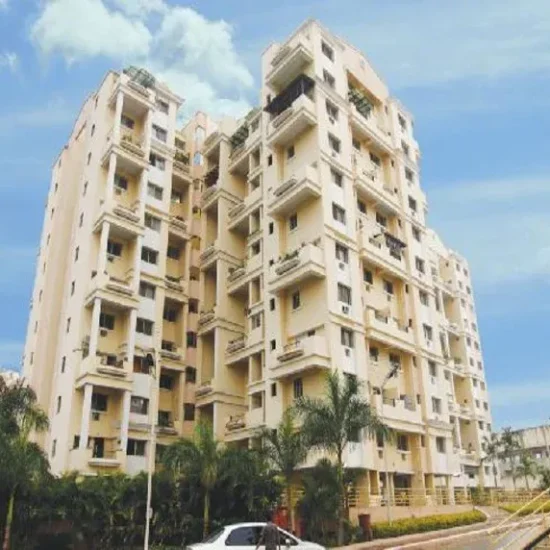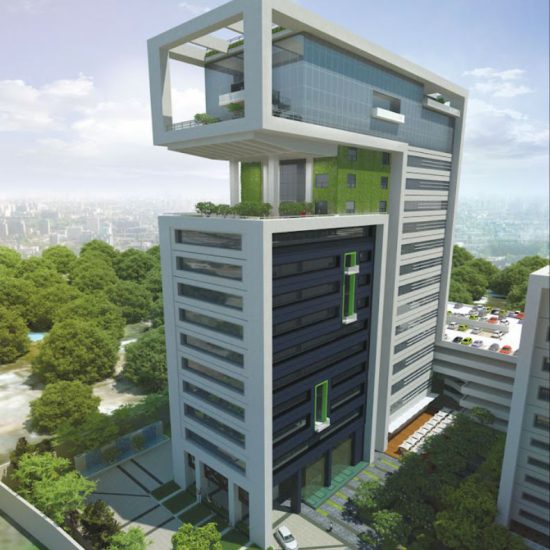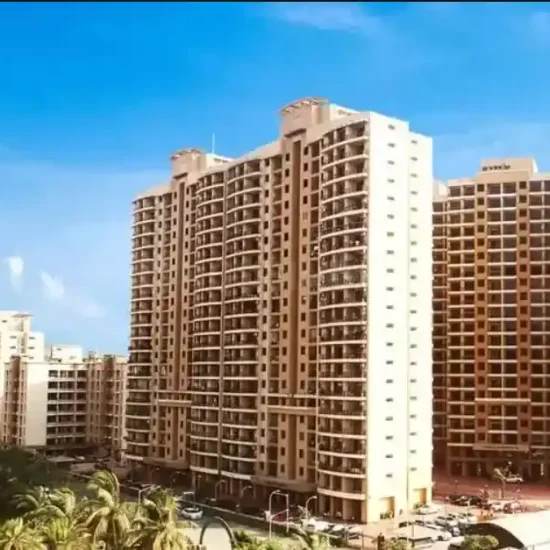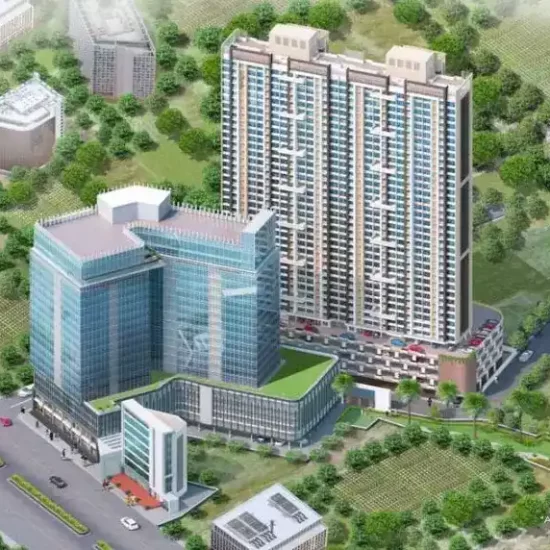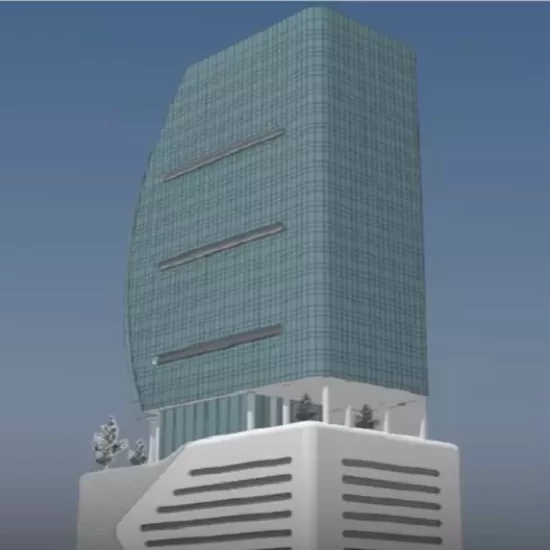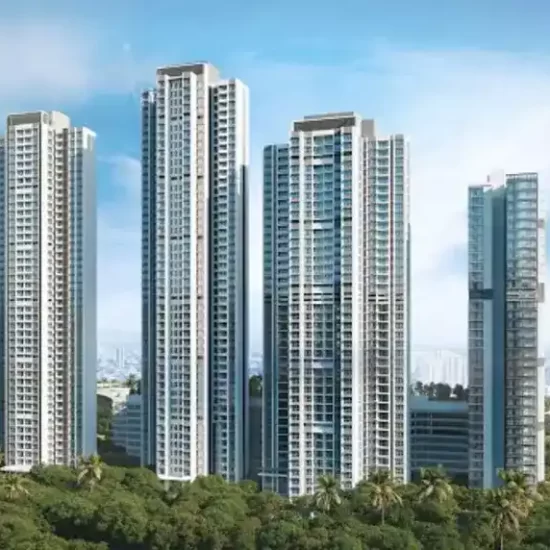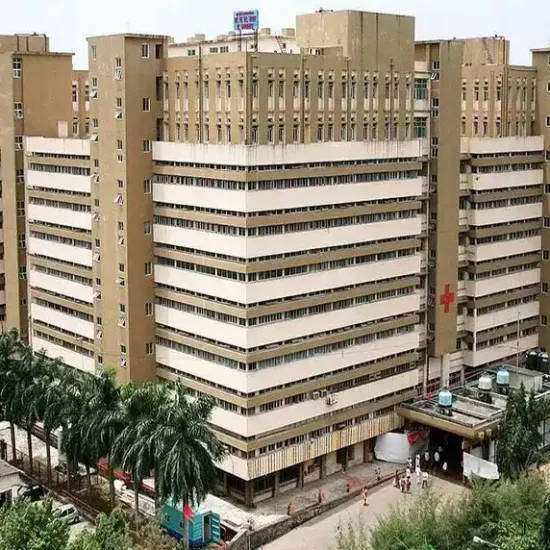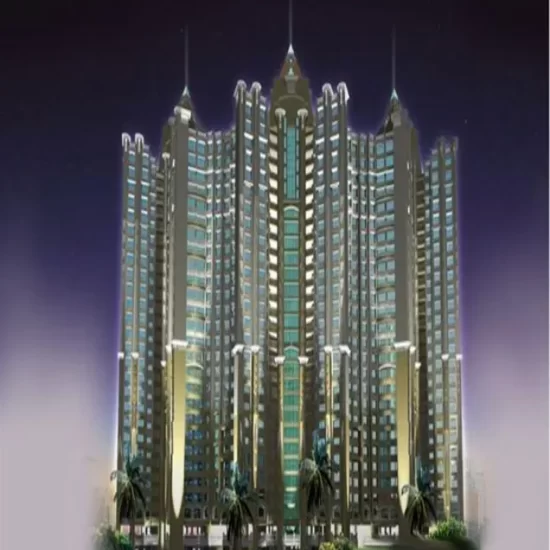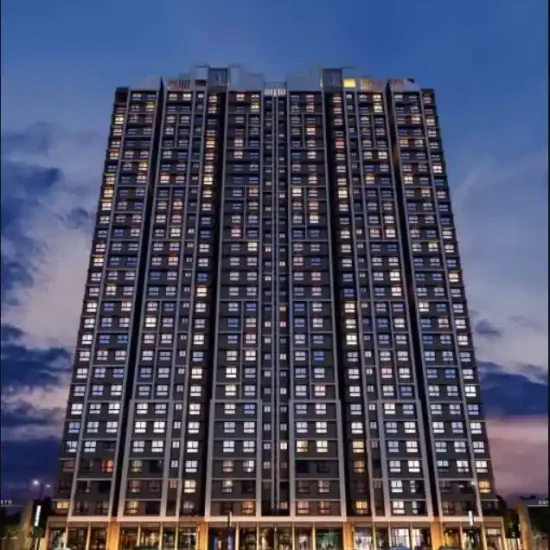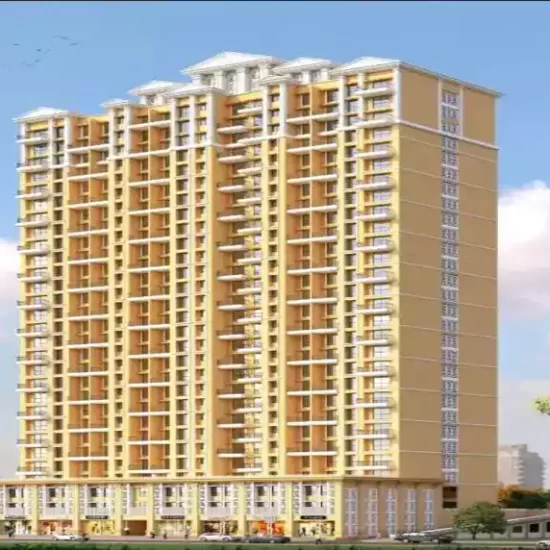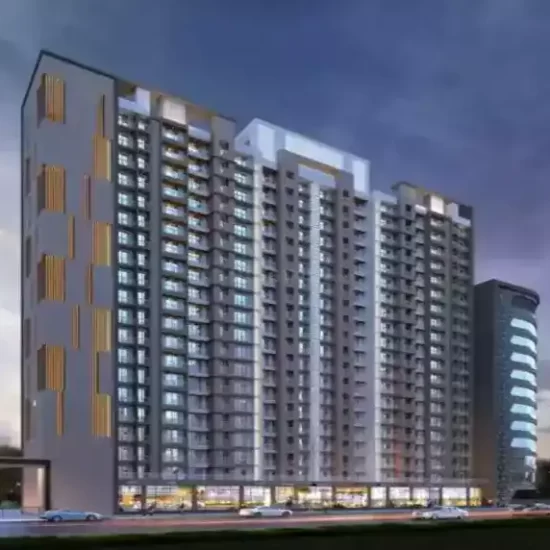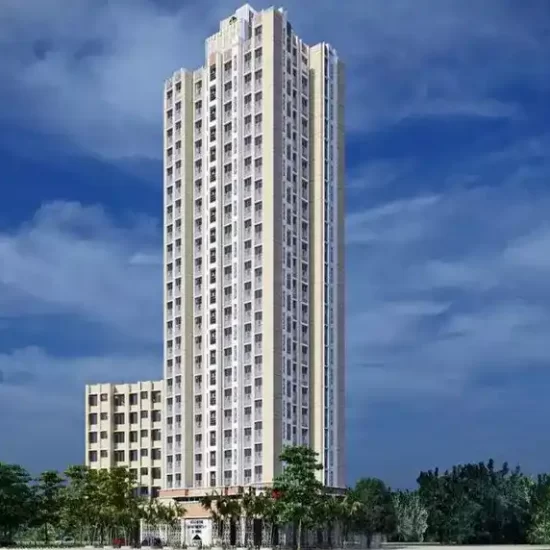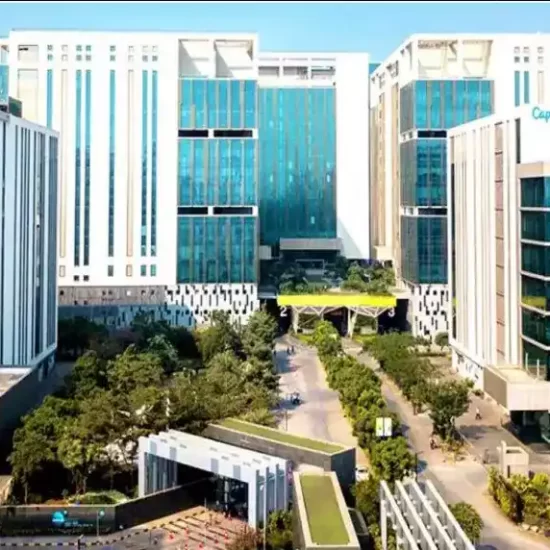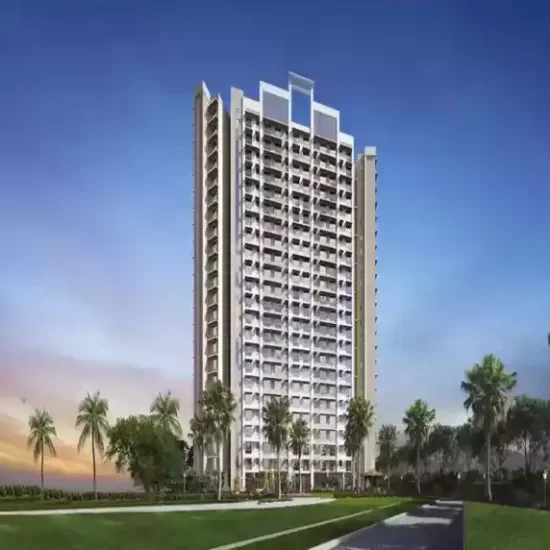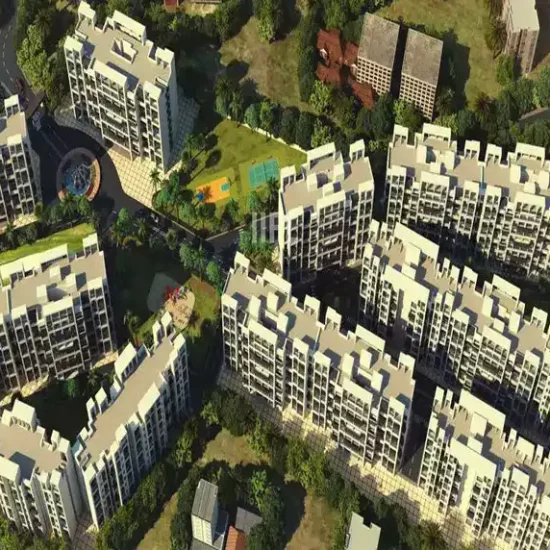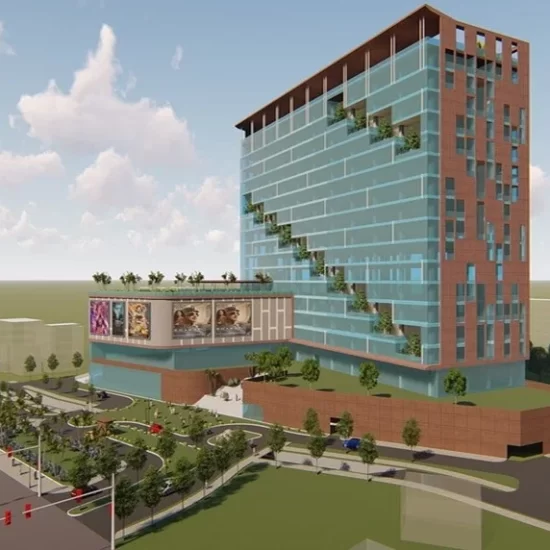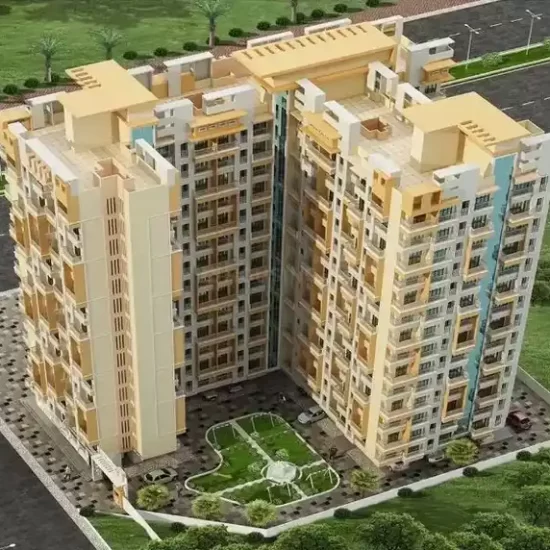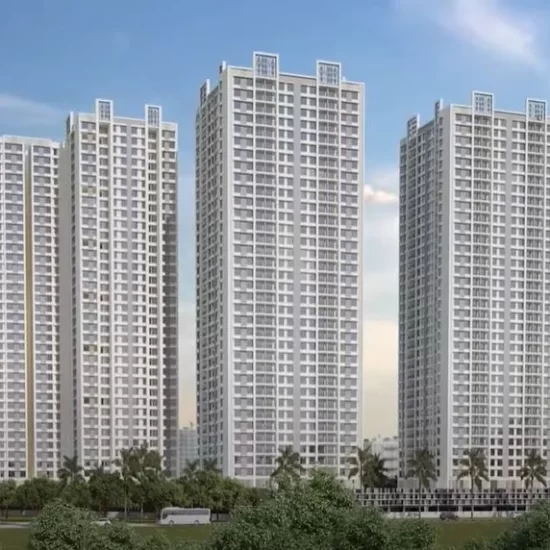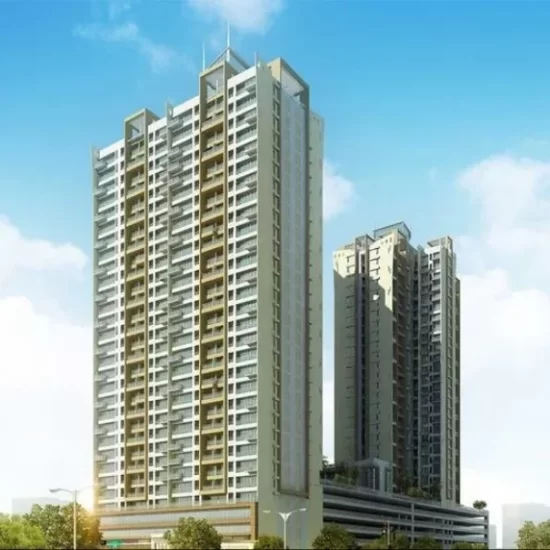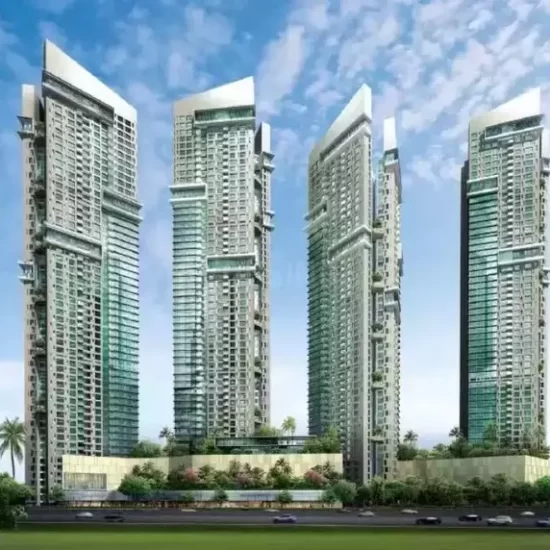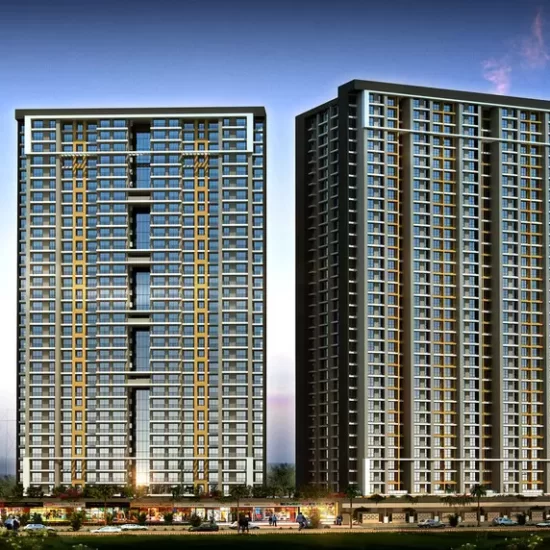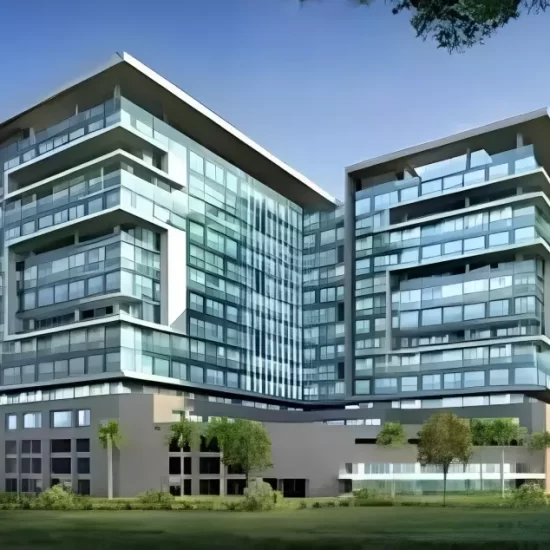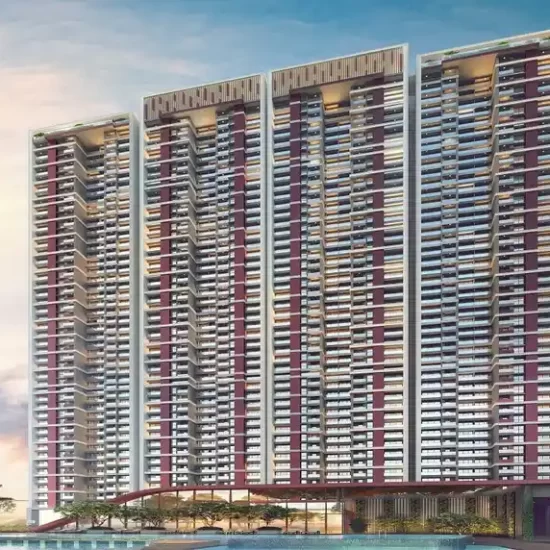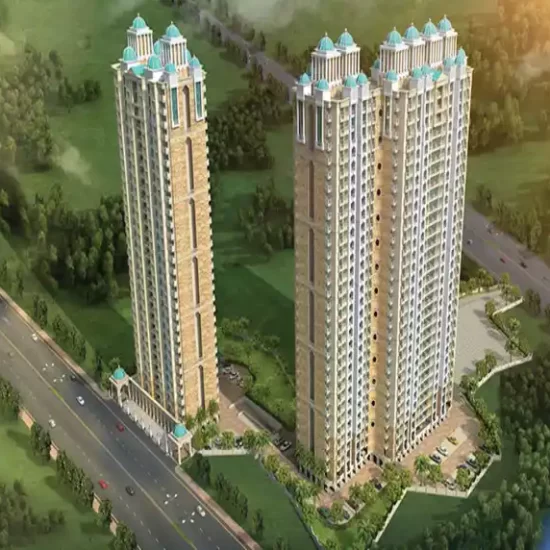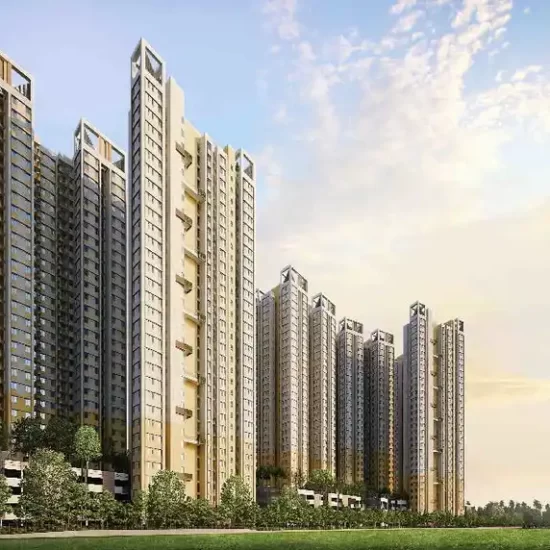Daylight Optimization: Enhancing Indoor Lighting and Energy Efficiency
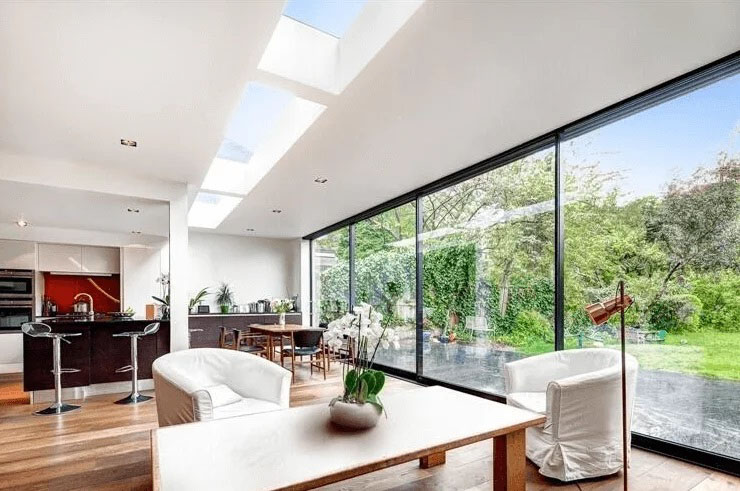
Introduction
Daylight optimization is a critical aspect of building design that focuses on maximizing the use of natural light to enhance the indoor environment while reducing the need for artificial lighting. By strategically designing a building’s layout, orientation, and window placement, daylight optimization ensures that natural light enters the building efficiently, promoting energy savings and improving occupant comfort. In this article, we explore what daylight optimization is, its importance in today’s world, and how Reinvent Design Technologies (RDT) stands out as a leader in providing these services.
What is Daylight Optimization?
Daylight optimization refers to the strategic planning and design of a building’s layout, windows, and shading systems to make the most of natural light while minimizing glare and heat. It involves techniques to control the amount of sunlight that enters a building, ensuring the interior spaces receive adequate daylight throughout the day, depending on the building’s location and orientation.
The goal of daylight optimization is to enhance energy efficiency by reducing the reliance on artificial lighting, which in turn lowers electricity consumption and operational costs. In addition, daylight has been shown to improve occupant health, well-being, and productivity. By creating spaces that embrace the natural environment, daylight optimization aligns with sustainable building practices and reduces the carbon footprint of a building.
Subtypes of Daylight Optimization
- Building Orientation and Window Placement
- The orientation of a building plays a significant role in how much natural light enters the interior. Properly positioning windows according to the sun’s path can enhance daylight penetration into key spaces throughout the day.
- The placement of windows must be optimized for the specific climate and geographical location of the building to ensure maximum daylight while avoiding issues like glare.
- Shading and Light Shelving Systems
- Shading devices, such as overhangs, louvers, and blinds, can be used to control the amount of sunlight entering the building. By blocking excessive sunlight during peak hours, these systems reduce the need for artificial cooling and maintain comfortable interior temperatures.
- Light shelves are horizontal surfaces placed above eye level to reflect daylight deeper into the building, helping distribute light more evenly across a room and enhancing visual comfort.
- Daylight-Responsive Lighting Systems
- These systems adjust the artificial lighting in a room based on the amount of daylight available. With the integration of sensors and smart controls, the lighting is dimmed or brightened as needed, reducing energy consumption while maintaining an optimal lighting environment.
- Daylight-responsive lighting systems can be implemented in commercial spaces, offices, and residential buildings to improve both energy efficiency and user comfort.
- Skylight and Atrium Designs
- Installing skylights or incorporating atriums in the design allows natural light to penetrate deep into the interior of a building. These features help create an open, airy environment while reducing the reliance on electric lighting.
- Skylights and atriums must be carefully designed to balance the need for natural light with the potential for overheating or excessive glare.
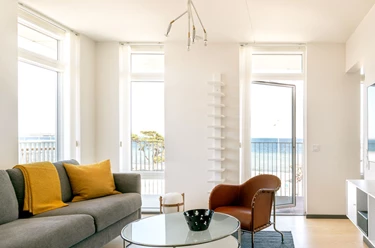
5.Daylight Simulations and Analysis
Advanced simulation tools and software can be used to model how natural light will interact with the building’s design at different times of the day and year. This analysis helps identify the optimal design features, such as window sizes, shading devices, and room layouts, to ensure effective daylight optimization.
Daylight simulations enable designers to predict how a building will perform in terms of natural lighting and make necessary adjustments before construction begins.

Why is Daylight Optimization Important Today?
- Energy Efficiency and Sustainability
Daylight optimization reduces the need for artificial lighting, which accounts for a significant portion of energy use in commercial and residential buildings. By harnessing natural light, buildings can minimize their energy consumption, lower operating costs, and reduce their environmental footprint.- In the era of sustainable building practices, optimizing daylight is one of the most effective strategies for achieving energy efficiency and reducing a building’s carbon emissions.
- Health and Well-being of Occupants
Exposure to natural light has numerous benefits for human health, including improved mood, better sleep patterns, and enhanced productivity. Daylight optimization promotes a healthier indoor environment by ensuring that occupants have access to natural light, which is essential for maintaining physical and mental well-being.- Studies have shown that employees in offices with abundant daylight are more focused and productive, while students perform better in classrooms with optimal daylight conditions.
- Regulatory Compliance and Green Building Certifications
Many green building standards, such as LEED, BREEAM, and WELL, require daylight optimization as part of their certification criteria. By integrating daylighting strategies into building designs, developers can meet these standards, gaining access to incentives, tax credits, and certifications that promote the building’s environmental and market value. - Climate Adaptation
As weather patterns become more unpredictable due to climate change, daylight optimization becomes crucial for ensuring that buildings are adaptable to varying weather conditions. It helps maintain comfortable indoor environments without excessive reliance on artificial heating or cooling systems. - Aesthetic Appeal and Quality of Life
Natural light contributes to the aesthetic quality of a space, creating a connection between the indoors and outdoors. Well-lit interiors are more visually appealing and can significantly enhance the overall experience of building occupants. Daylight optimization allows designers to balance aesthetics with functional needs.
Why RDT is the Best in Daylight Optimization
Reinvent Design Technologies (RDT) excels in providing daylight optimization solutions due to its commitment to cutting-edge technology, sustainability, and customer satisfaction. Here’s why RDT is the go-to choice for daylight optimization:
- Advanced Tools and Expertise
RDT uses state-of-the-art simulation software like Radiance, DIALux, and EnergyPlus to perform precise daylight analysis. These tools allow us to model daylight penetration and evaluate various design strategies for maximizing natural light in the building. - Customized Solutions for Every Project
Every building project is unique, and RDT tailors its daylight optimization strategies to meet the specific needs of each client. Whether it’s a commercial office, residential complex, or public building, RDT ensures that the design enhances daylighting while considering factors like climate, building layout, and user preferences. - Sustainability Focus
At RDT, sustainability is at the core of our work. We help clients achieve green building certifications by incorporating energy-efficient daylighting techniques into their designs. By optimizing natural light, we not only reduce energy consumption but also contribute to a healthier, more sustainable built environment.
4.Proven Experience
RDT has successfully delivered daylight optimization solutions for a wide range of projects. Our portfolio includes residential buildings, offices, schools, and commercial establishments, all of which benefit from our meticulous approach to daylight design.
5.Client-Centered Approach
RDT is dedicated to working closely with clients to understand their vision and requirements. We collaborate with architects, engineers, and builders to ensure that daylight optimization is seamlessly integrated into the overall design, ensuring that the project meets both functional and aesthetic goals.
Daylight optimization is essential for creating energy-efficient, healthy, and aesthetically pleasing buildings. By strategically using natural light, buildings can reduce energy costs, enhance occupant well-being, and improve sustainability. With the help of Reinvent Design Technologies (RDT), you can ensure that your building takes full advantage of daylight while minimizing reliance on artificial lighting. Our expertise and advanced tools make us the best choice for any daylight optimization project.
Gallery
We’re here to help and answer any question you might have.
Free Consultation About RDT Design Technologies LLP
Testimonial
"Our experience with RDT Corp has been outstanding. They delivered a customized solution that addressed all our requirements and exceeded our expectations. Their commitment to excellence is evident in everything they do."

"Our experience with RDT Corp has been outstanding. They delivered a customized solution that addressed all our requirements and exceeded our expectations. Their commitment to excellence is evident in everything they do."

"RDT Corp provided us with a comprehensive IT strategy that perfectly aligned with our business goals. Their proactive approach and attention to detail have made a significant impact on our company's growth. Their services are worth every penny."




